Due to the multitude of uses for cardboard in daily life, there are several varieties of material available on the market.
Cardboard may be an extraordinarily robust yet lightweight material and can have strong thermodynamic qualities with varying thicknesses, shapes, and forms.
The most popular varieties of cardboard used in the packaging business will be examined in this article, along with an explanation of why they are so widely utilized.
Let’s start by examining the precise materials that make up cardboard.
Various Papers
It’s crucial to understand the sorts of paper or paper pulp that are used to create cardboard before delving into the many varieties of cardboard. These kinds of paper give cardboard various qualities that limit how we may use it.
Despite its many applications, Kraft and Test liners are the only true “types” of paper used to create cardboard.
Typically, virgin softwood woods like fir, spruce, and pine are used to make kraft paper.
Virgin refers to the fact that the paper pulp’s fibers are new and haven’t been reused from another source.
Kraft paper is the sturdiest sort of cardboard and the simplest to print on due to the virgin nature of these wood fibers and the manufacturing procedure it needs.
Because of these factors, kraft paper is frequently used for structurally important elements and cardboard surfaces that will be printed.
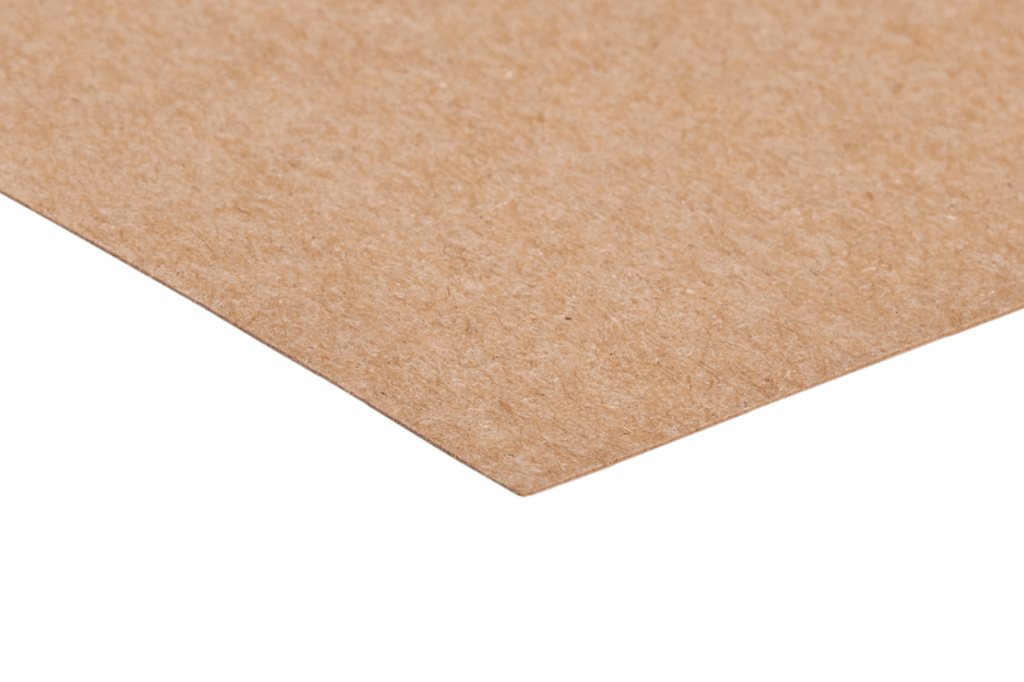
The term “test” paper does not adequately describe it. It only signifies that the recycled material is paper.
It’s not as robust or as simple to print on, though, because the wood fibers were harmed throughout the process of changing it from another paper product into a pulp and then back into cardboard.
As a result, it is less expensive yet is mostly employed on unseen surfaces.
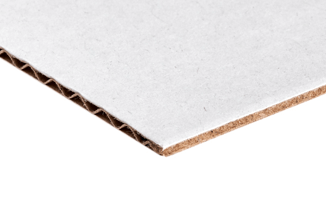
Typically, two laminated layers are used to provide both Kraft and test liners.
The cover layer, which is of higher quality and is utilized for printing and aesthetic appeal, provides strength and is applied over the foundation layer.
Although various types of liners can be used for base and cover layers, Test and Kraft liners are the most well-known and often utilized.
These include variations that forgo aesthetic appeal in favor of strength, are bleached white, or contain varying amounts of recycled material.
Types of cardboard and its composition
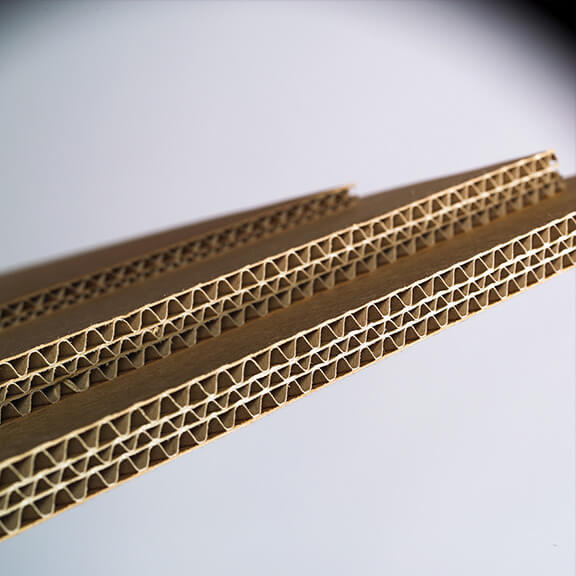
It’s time to examine the construction of corrugated cardboard, the most prevalent kind of cardboard, in greater detail.
In its most basic form, corrugated cardboard is composed of three distinct components: a corrugated sheet of cardboard sandwiched between two flat pieces of cardboard.
The fluted layer, which provides corrugated cardboard its strength, is adhered to the flat layers on either side with adhesive.
Weighing and thickness (GSM)
The thickness of these sheets comes next since it is clear that it significantly affects the cardboard’s strength.
The conventional way to describe how thick and heavy paper is is in terms of grams per square meter (GSM).
Cardboard grammage is sometimes defined as “135/155K.” This indicates that the kraft liner is the inner liner, which is 135 GSM, and the outer liner, which is 155 GSM.
Wall Design
When discussing the many varieties of cardboard used in packing, wall types are crucial. If you’re paying this much attention to cardboard, you probably have a genuine interest in packaging.
Because there is only one cardboard wall present when the two flat surfaces and fluted layer of cardboard are combined to form a box, this type of box is typically referred to as a “single-walled” box.
There is a single wall below.
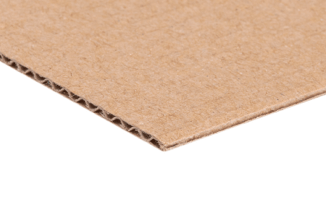
To make a double-walled box, you may, however, add another fluting layer and another liner to this current wall.
For large, heavy, or even sensitive objects that require more protection while transportation, this kind of packing is the go-to option.
Below, you can see a stack of EB fluted cardboard sheets atop one another.
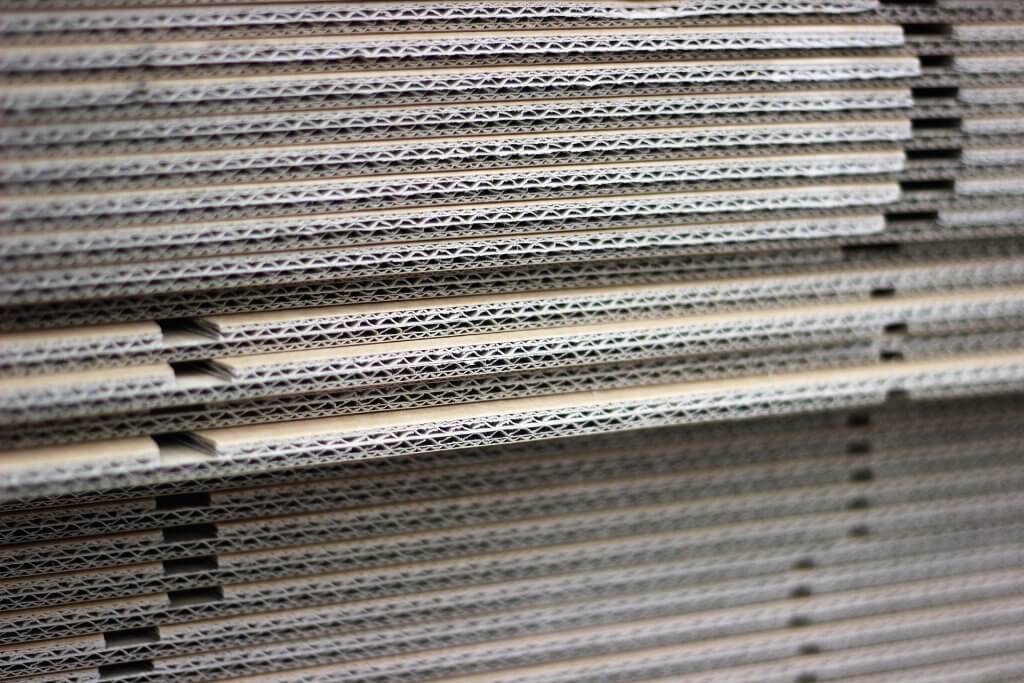
Even heavy automotive and industrial items can find appropriate protection in packaging with three walls or more.
A box’s thermal qualities, such as its ability to keep its contents warm or cold, can be improved by layering cardboard inside the container.
Flutes
The ‘wavy’ portion of the cardboard is called a flute. This flute greatly affects the cardboard’s structural integrity and, as a result, limits what it can and cannot be used for.
Naturally, the fluting also contributes significantly to the weight and, as a result, the price of the cardboard.
The cardboard acquires completely different qualities when the height of the corrugation and, consequently, the size of the flutes are altered.
stacked shipping containers
From E (extremely fine), which is suitable for retail packaging and great for printing onto, all the way up to A or B flute, which is thick and often suitable for heavy-duty tertiary packaging, there are standard sizes for fluting.
Typical sizes include:
A flute, measuring 5 mm thick
E flute: 1.5mm F flute:.2mm B flute: 3mm C flute: 4mm
0.5mm G flute
What distinguishes an E flute from a B flute?
how thick it is. B flutes are stronger because they are heavier and thicker.
As you have read, cardboard can have two or three walls, and as a result, either an EB flute or a BC flute.
These pairings are suitable for providing structural stability (B flute) and a flawless canvas for printing (E flute).
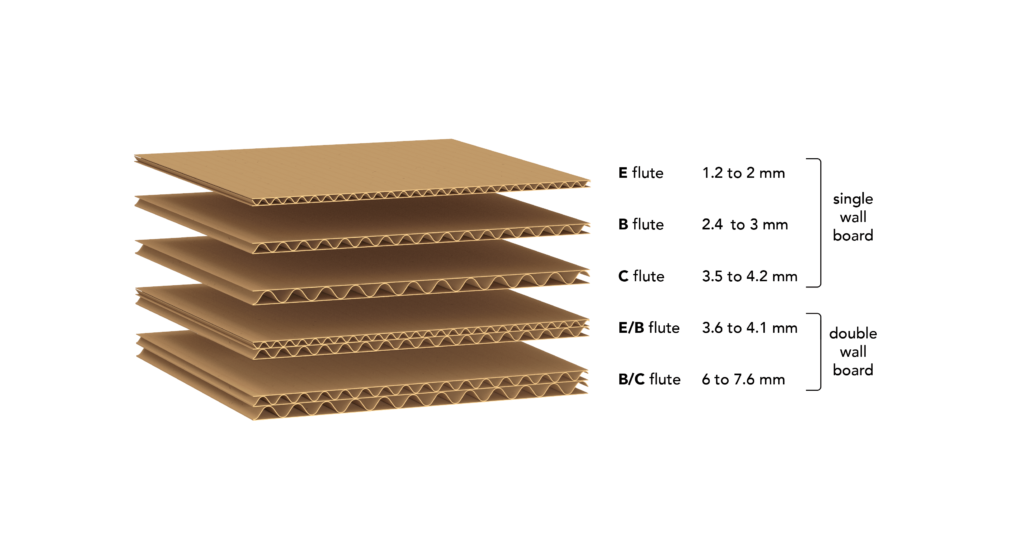
For double-walled cardboard, common fluting includes:
6mm B+C flutes in the BC flute.
E+B flutes in a 4.5mm diameter
8mm AC flute with A+C flutes
Information and usage for each flute
As you have already read, the cardboard industry uses several standard sizes, particularly for fluting. Here are a few usage examples for those fluting sizes.
The size of flutes is not consecutive. While E flute is narrower than C, C flute is thicker than B flute. C is thinner than an A flute.
B Flute
The standard cardboard type for mailer boxes is B flute, which is also the most often used flute in cardboard boxes.
C flute
C flute provides stronger crash protection than B flute and is slightly thicker than typical at 3.5 to 4 mm. Because of this, it is frequently utilized as secondary or tertiary packaging in typical moving and shipping boxes. Although it is excellent for stacking, once it is filled to capacity, it will shortly give way.
E horn
The thinnest corrugated cardboard available in large quantities is called E flute. It offers good crush protection and is the best type of corrugated cardboard for printing when it is between 1mm and 1.5mm thick.
B.C. flute
a typical kind of double-walled cardboard that is around 7mm thick. A typical option used in shipping boxes for large items and those needing more protection.
EB flute A thick and a thin flute that offers the best of both worlds.
The overall thickness of this configuration, which ranges from 4 to 5mm, offers a wonderful surface for printing as well as robustness and endurance.
Conclusion
Making the proper choices when designing packaging requires an understanding of the function that cardboard serves in packaging.
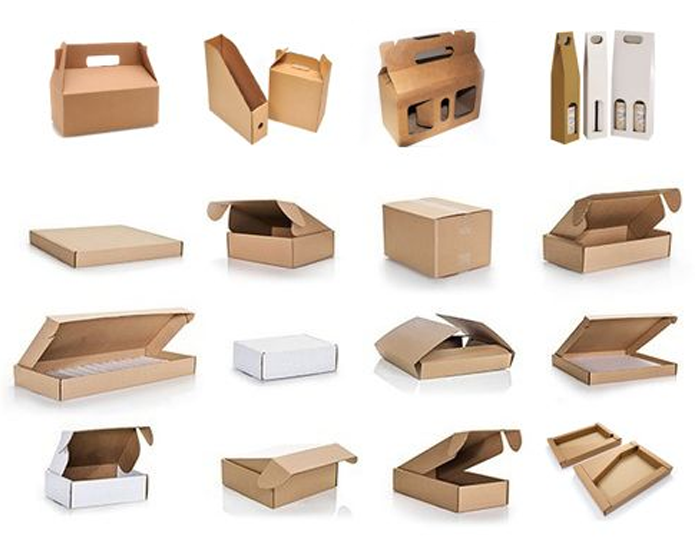
Leave a comment